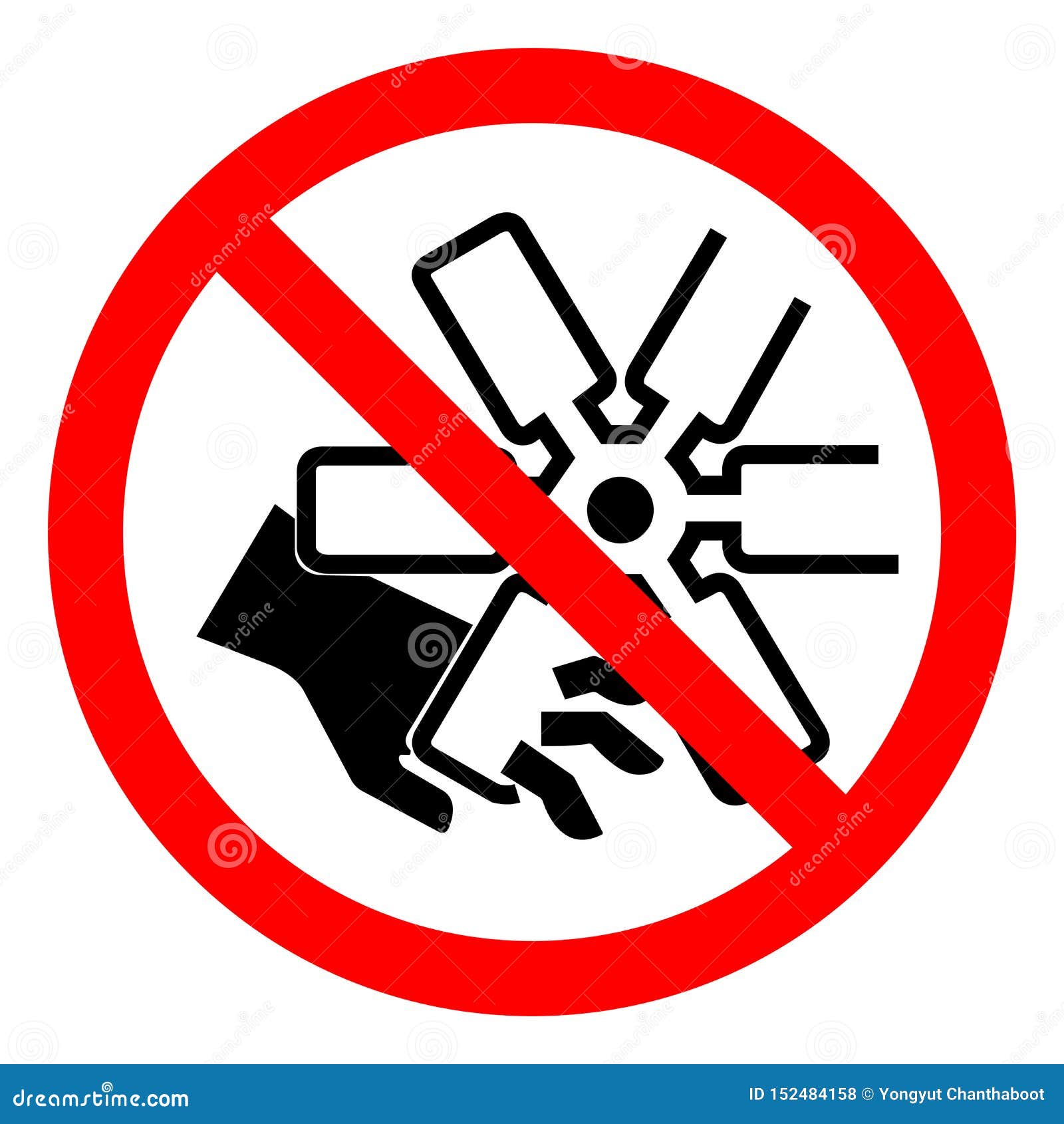

If your wound is at risk of infection, it won't usually be closed because this may trap any infection inside. You may need a booster injection to prevent tetanus, and your wound may be closed with stitches, strips or special glue before a dressing is applied. In A&E, your wound will be examined to determine whether there's any risk of infection. the wound is very large or the injury has caused a lot of tissue damage.there's a possibility a foreign body is still inside the wound.you have received a cut to the palm of your hand and it looks infected – these types of infection can spread quickly.you have received a severe cut to the face – you may require urgent treatment to prevent scarring.you experience persisting or significant loss of sensation near the wound or you're having trouble moving any body parts.you're bleeding from an artery – blood from an artery comes out in spurts with each beat of the heart, and is bright red and usually hard to control.Go to your nearest accident and emergency (A&E) department as soon as possible if: swollen glands under the chin or in the neck, armpits or groinĪn infected wound can usually be successfully treated with a short course of antibiotics.a high temperature (fever) of 38C (100.4F) or above.swelling, redness and increasing pain in the affected area.Signs a wound has become infected include: it was caused by an animal or human bite.there was something in the wound before it was cleaned, such as gravel or a shard of glass.it has been contaminated with dirt, pus or other bodily fluids.Phone 111 or visit your local walk-in centre, minor injuries unit or GP surgery if there's a risk your wound could become infected, or you think it's already infected. If the wound is painful for the first few days, you can take over-the-counter painkillers such as paracetamol or ibuprofen.

You can remove the dressing after a few days, once the wound has closed itself. Keep the wound dry by using waterproof dressings, which will allow you to take showers. Keep the dressing clean by changing it as often as necessary. apply a sterile adhesive dressing, such as a plaster.clean the wound under drinking-quality running tap water – avoid using antiseptic as it may damage the skin and slow healing.When the wound has stopped bleeding, clean it and cover it with a dressing to help stop it becoming infected. If the injury is to a lower limb, lie down and raise the affected area above the level of your heart. If the cut is to your hand or arm, raise it above your head to help reduce the flow of blood. Apply pressure to the area using a clean and dry absorbent material – such as a bandage, towel or handkerchief – for several minutes. Stop any bleeding before applying a dressing to the wound. How to treat cuts and grazes Stop the bleeding Minor wounds should start to heal within a few days. Stopping the bleeding, cleaning the wound thoroughly and covering it with a plaster or dressing is usually all that's needed. Most cuts and grazes are minor and can be easily treated at home.


 0 kommentar(er)
0 kommentar(er)
